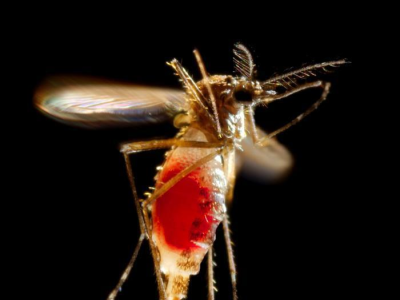A single-center study in Israel highlights the roles that hospital sinks and showers may play in spreading carbapenemase-producing Enterobacterales (CPE), researchers reported yesterday in the American Journal of Infection Control.
The retrospective analysis, conducted at a hospital in Haifa in 2022, examined environmental samples for CPE collected as part of epidemiologic investigations initiated whenever a patient acquired CPE during hospitalization. Samples were collected from various areas within the same wards where CPE acquisition occurred and included samples from hospital surfaces (like wheeled carts, beds, medicine cabinets, and portable x-ray machines), as well as drains and pipes.

Out of 801 environmental samples collected, 337 (42.1%) were from sinks, 57 (7.1%) were from showers, and 407 (50.8%) came from various surfaces around the hospital. The samples were then divided into three categories, with Category 1 including all samples collected within 1 meter of a water source (sink or shower). Within Category 1, 166 samples (41.5%) were CPE positive, compared with 13 samples (11.7%) in Category 2 (1 to 3 meters from a water source) and no positive samples in Category 3 (more than 3 meters from a water source).
Roughly one-fifth of all positive samples (20.6%) were linked to a shower, and positive samples were found in 16 wards, with a higher prevalence found in non-clinical areas like storage areas and staff rooms.
"Our study demonstrates that CPE associated with a water source may not be confined to a specific ward but can spread across multiple wards, potentially explaining the endemicity of CPE within a hospital," the study authors wrote. "This highlights the critical significance of implementing stringent infection control measures and thorough cleaning protocols, even in such non-clinical areas."















